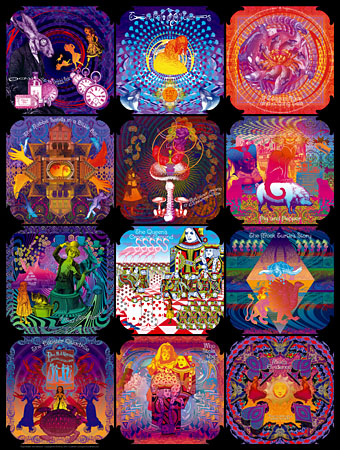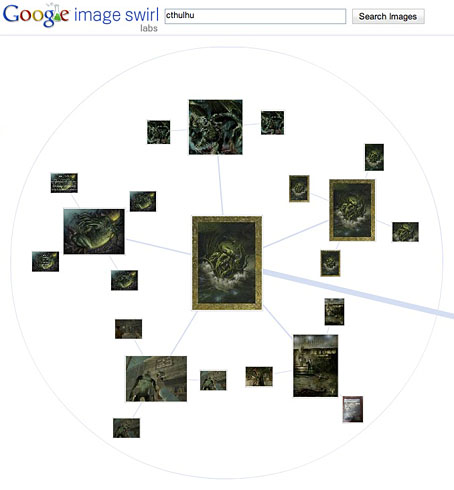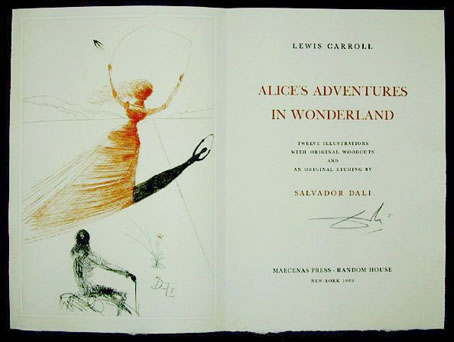As the festive season shambles into view I’ve reworked my psychedelic interpretation of Alice’s Adventures in Wonderland from calendar to poster format for those who might prefer the latter. There are two poster sizes, the standard CafePress large and small, and the calendar is still on sale, of course. By coincidence, the dreadfully-named Syfy channel is currently running its own TV adaptation of the Lewis Carroll books. I haven’t seen Alice but the reviews I’ve read have been mixed. From the description I can’t imagine I’d enjoy it (Tim Burton’s film is the one I’m waiting for) but it shows once again how endlessly mutable the Alice stories have become.
Previously on { feuilleton }
• Dalí in Wonderland
• Virtual Alice
• Psychedelic Wonderland: the 2010 calendar
• Charles Robinson’s Alice’s Adventures in Wonderland
• Humpty Dumpty variations
• Alice in Wonderland by Jonathan Miller
• The Illustrators of Alice






